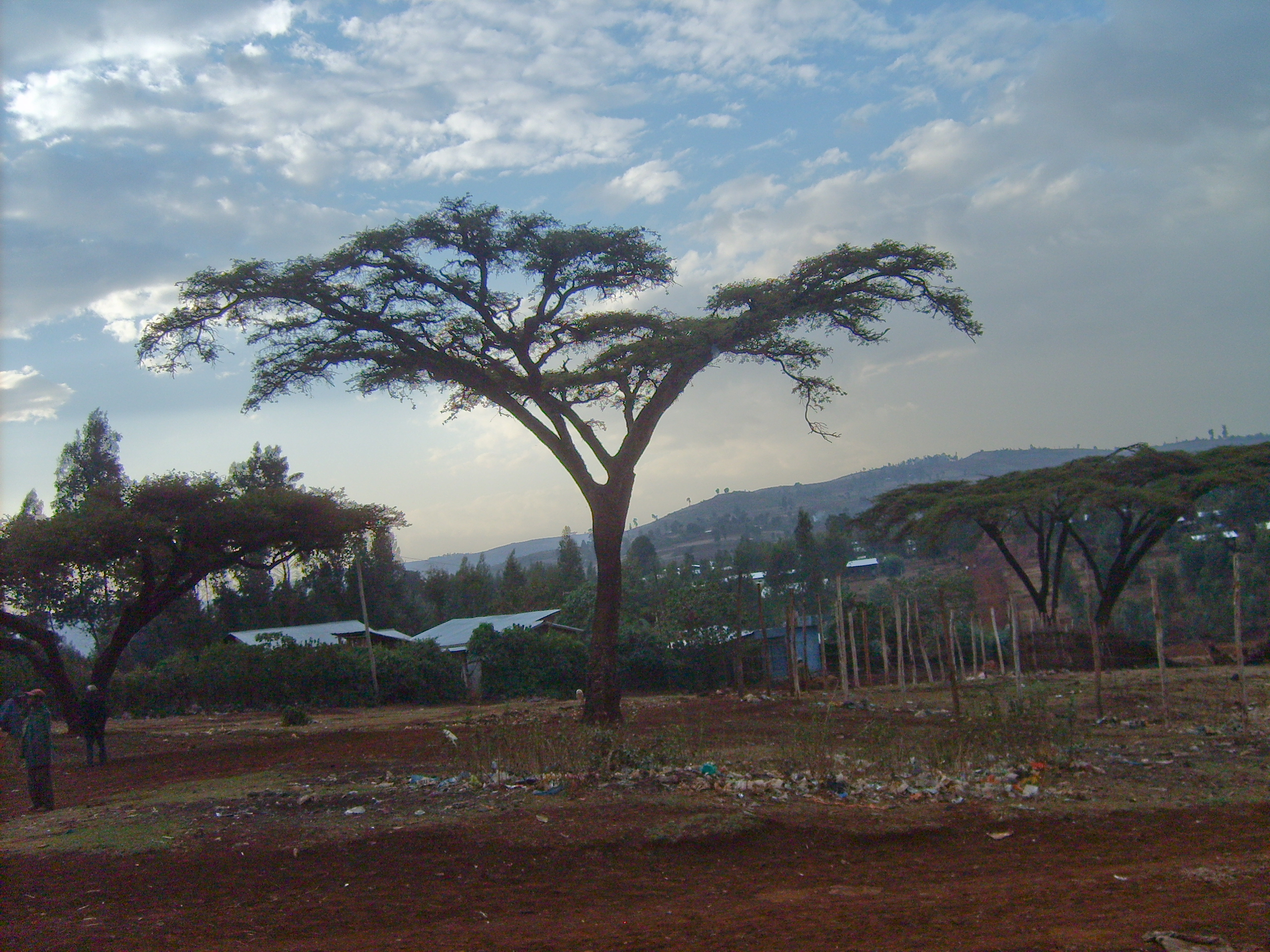The Need
Addis Alem is a small town 50 kilometers west of Ethiopia’s capital city, Addis Abeba. The total population of its encompassing region is roughly 14,000 people, most of whom lack access to basic health provisions like clean drinking water and adequate latrines. In a country so heavily dependent on its agricultural economy, urban unemployment is deepening, especially in areas where educational opportunities are limited. This is the case in Addis Alem.
While the climate is dry and temperate for a majority of the year, the town experiences an annual rainy season. As a result, a local culvert that serves as the primary means of passage from the town center to the rural hills floods while the current bridge, already unsuitable for large loads of livestock carrying goods, washes away. Rural residents are temporarily unable to access the markets and roads and must make accommodations to survive independently until the passage has been reestablished. In a place where economic growth is still highly dependent on local vendors, restricting the flow of goods and livestock in and out of the central town becomes a community-wide issue. Following the completion of the previous phase in Ethiopia, the town expressed a need to resolve this problem so that it could reduce the safety risk that the current bridge poses and create improved economic stability for the people who depend on the crossing.
The town envisioned a permanent bridge that can withstand annual climate conditions, however, it was beyond the town’s financial reach.
The EWB-UMCP Response
In January 2012, a team of 11 students, a faculty mentor, and 2 professional engineers traveled to Addis Alem, Ethiopia to implement a pedestrian bridge design. This project, the second completed in the community by EWB-UMCP, was the culmination of 12 months of student design work and consultation with professionals.
The pedestrian bridge, constructed using reinforced concrete, is a sustainable means for humans and livestock to cross a stream that passes the through the community. The bridge serves as a substitute for previously constructed bridges that were consistently damaged by yearly flooding. Students worked alongside community members during the construction process, which involved extensive material procurement, construction of masonry foundations and falsework to support the structure as it cured.
